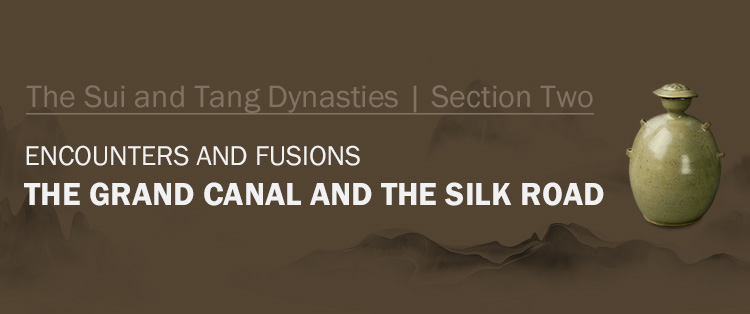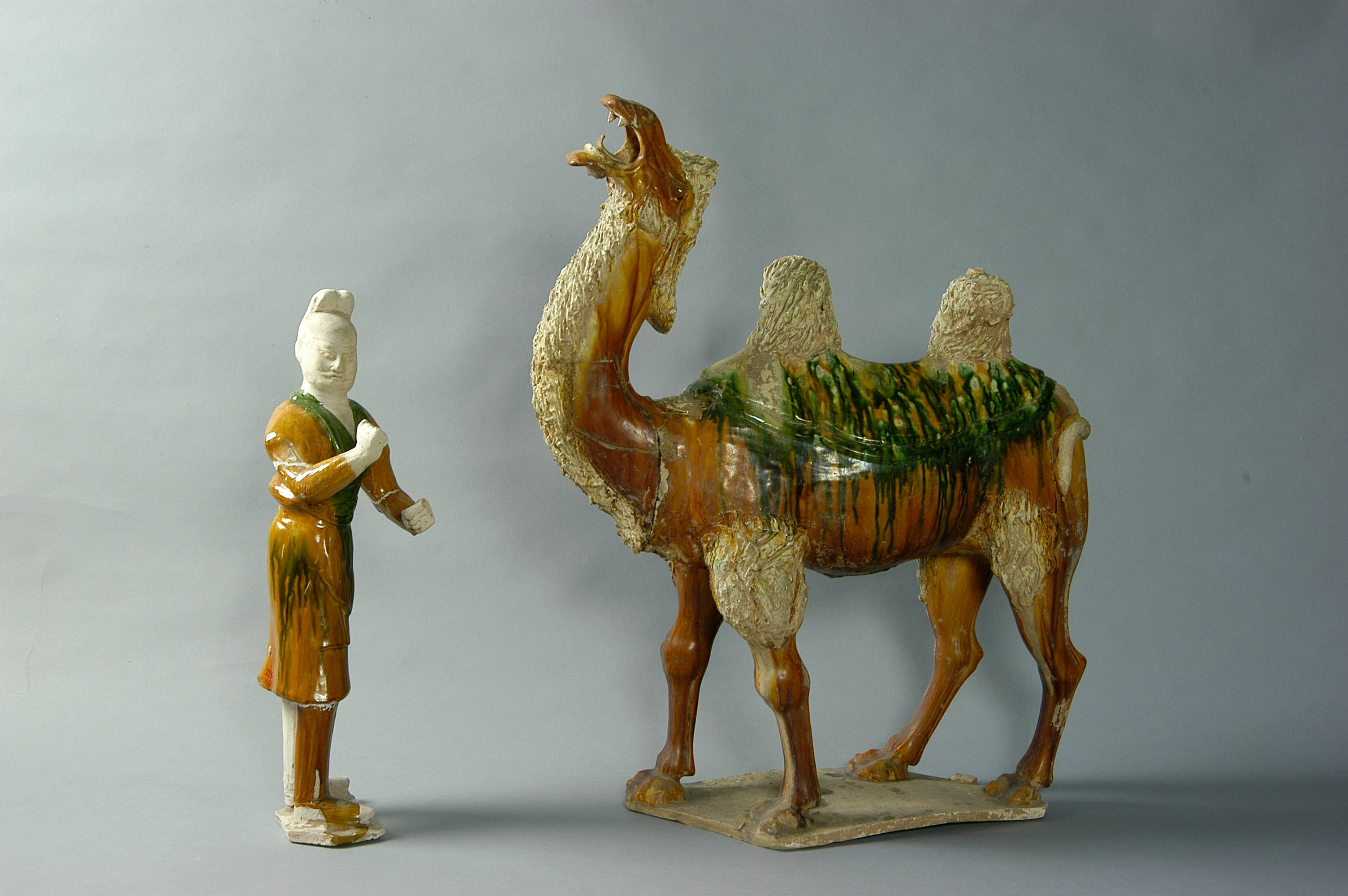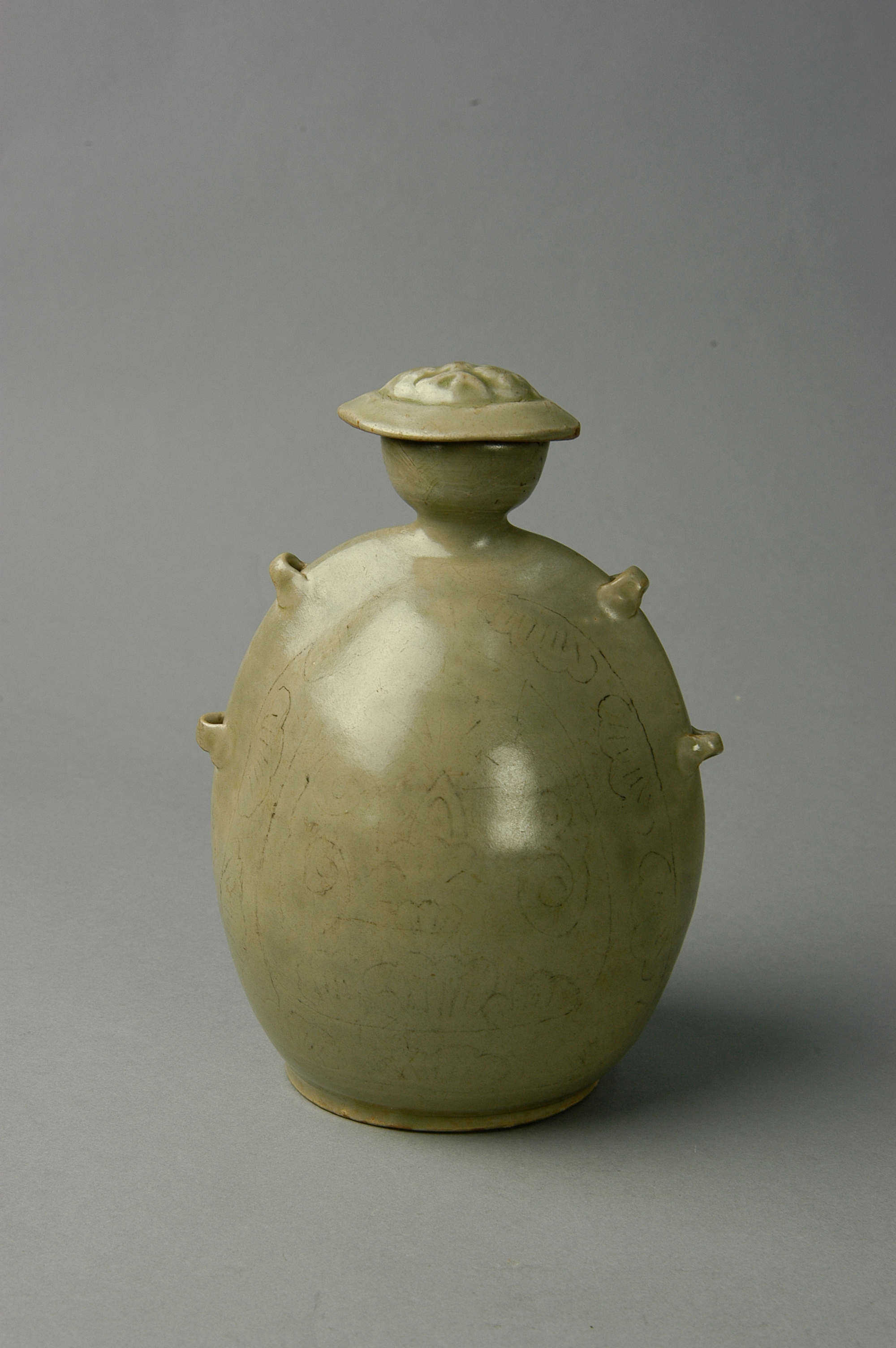In order to tighten central control, Emperor Yangdi of the Sui Dynasty (589-618) initiated the construction of the Grand Canal, developing a water transportation artery linking the north with the south, and the central region with the east. The Silk Road, connecting the East and the West, culminated in the Sui and Tang periods, establishing themselves as major trade routes leading to Central Asia and ancient India. The eastern capital Luoyang at that time was both the central node of the Grand Canal and the connecting point of the Land and Maritime Silk Roads. With a highly-developed network of water and land transportation, Luoyang rose as an international metropolis that saw frequent economic and cultural encounters with the rest of the world and enjoyed prosperous trade and commerce.



